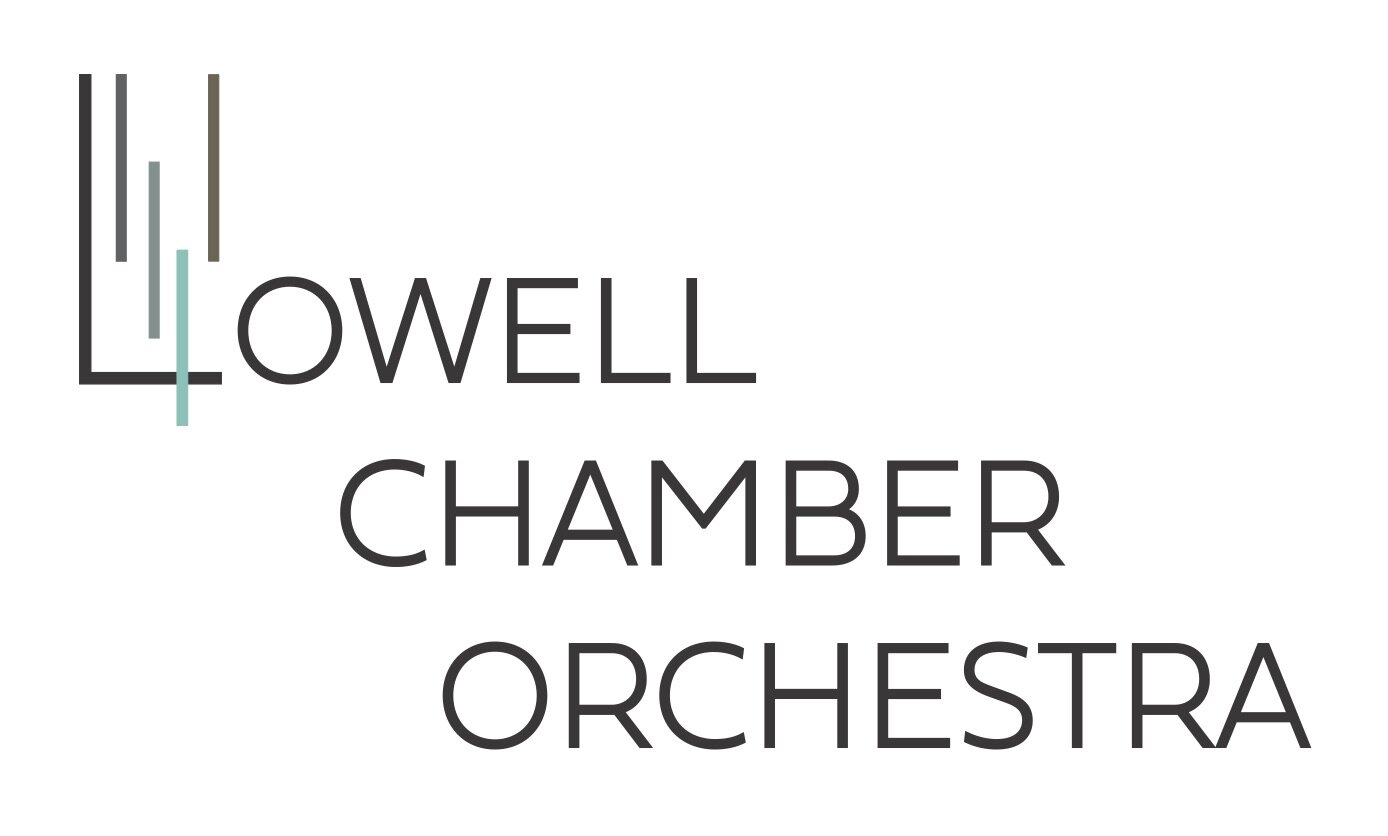Ndodana-Breen - Mayibuye! (2014)
"Mayibuye!” speaks to South Africa’s long journey to democracy. The title is derived from the anti-apartheid rallying cry “Mayibuye iAfrika” (Africa must be returned to the people!).
Musically this work is inspired by the native Xhosa, Zulu, Ndebele music I grew up hearing, the hymnody of African churches, the street music that underpinned the protest music against apartheid. The techniques used echo African musical devices such as call-and-response, use of Xhosa hexachords and other African modes. The rhythms evoke dance styles such as “umxhentso” working in cross patterns of mostly 3 against 2 and variations with metres."
- Bongani Ndodana-Breen
Ives - Symphony No. 3 (1910)
A nostalgic at heart, Charles Ives has imbued his music with civil war melodies, hymns, dances, and more. And this symphony is no different in that aspect. However, is the smallest symphony when it comes to forces required for performance - a chamber symphony, as opposed to the large orchestra required for the other ones.
Charles Ives
One can only assume that the inspiration, a “camp meeting,” was responsible. Charles Ives attended many summer camp meetings during his youth, seeing for several days large crowds united in devotion through different activities, with music provided by his father George.
The only small sized symphony of Ives, his Third Symphony is also the one to have won a Pulitzer Prize, after it’s first performance in 1946, 35 years after being composed!
Rodrigo - Aria Antigua (1959)
Joaquín Rodrigo
Joaquín Rodrigo’s interest in musicology informed much of his work output - he actually earned a degree in musicology in the 1920s. A professor of music history in Madrid, Rodrigo wrote most, if not all of his music, inspired by the Spanish musical traditions, and this “Aria Antigua” is no exception: this four-minute work for flute and strings has all the characteristics of an ancient song that might have been transcribed for a recorder or a medieval flute, as it was probably done with famous tunes. The variations and the orchestration make this piece an example of Rodrigo’s very own personal style, one that exudes nostalgia and takes us to magical lands.
Schönberg - Verklärte Nacht, Op. 4 (1917 orchestral version)
Arnold Schönberg
As Arnold Schönberg looked for his own means of expression, he experimented with the expansion of everything that had become usual. Verklärte Nacht (Transfigured Night) is the initial success of this experimentation that will continue all his life. The original version of this work is an extension of the string quartet - a necessity given Schönberg’s expansive use of harmony for which four instrumentalists would have been insufficient. Formally, the work is unique, for it follows the titular poem by Richard Dehmel with five sections that match the five stanzas of the poem. This first orchestral expansion of the original string sextet made this work Schönberg’s first significant work.








